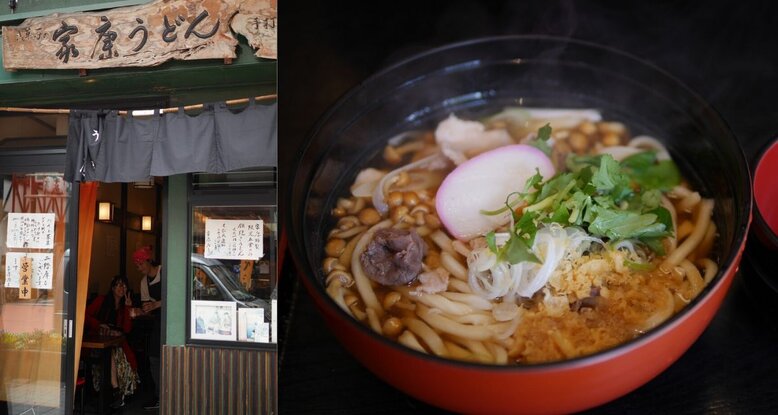Ieyasu Udon
1-16-10 Asakusa, Taito, Tokyo Prefecture (Ueno, Asakusa)
Prices between 1100 to 1800 yen


Prices between 800 to 1600 yen



2 Chome-2-4 Kaminarimon, Taito City, Tokyo 111-0034, Japan
Prices between 800 to 2500 yen


Every meal comes supplemented with an assortment of meats, pickles and bites that complements mugitoro’s light flavour. So traditional, its waitresses serve course after course throughout the meal in kimono.

Prices between 600 to 1500 yen
Love Japanese food? Here are some reasons why you would enjoy nabe.